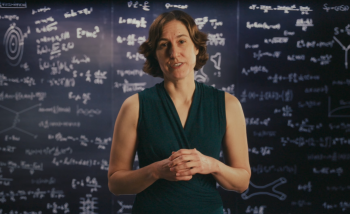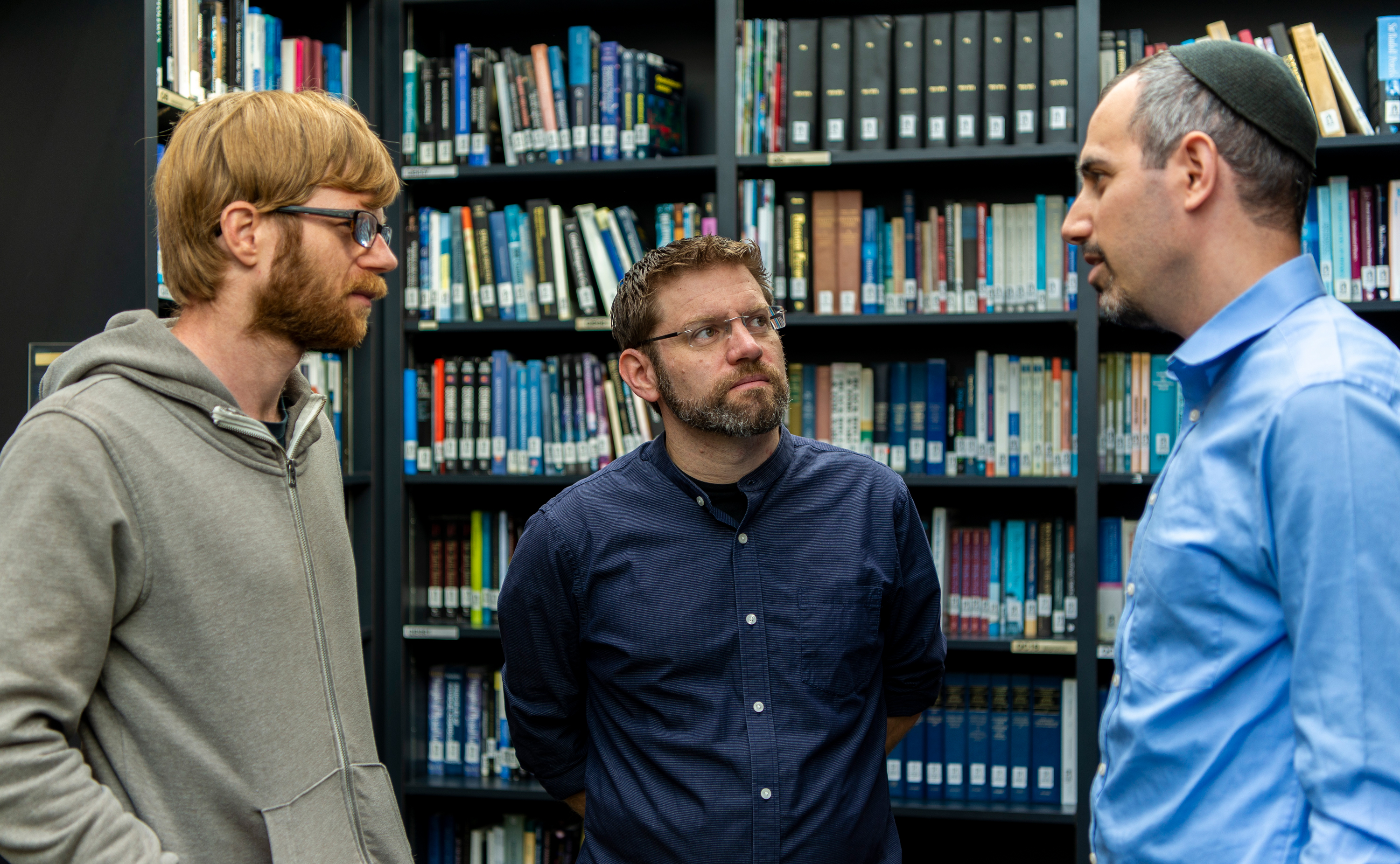The promising field of quantum causal inference research at Perimeter Institute has received a $450,000 boost from Cenovus Energy Inc., a partner in Perimeter’s quest to push the boundaries of science and technology.
Causal inference uses mathematical tools to identify cause-effect relationships from statistical data. It can be used in fields ranging from epidemiology to economics. Examples include trying to determine if a new drug led to health improvements, or if other factors, like diet or exercise, are at play; or determining the educational or social factors that might be relevant to an analysis of income data.
In all these fields, a well-known statistics mantra applies: “Correlation is not causation.” Just because two things correlate does not mean that one causes the other. A simple example is a statistical correlation that people tend to shop more in cold weather. But cold weather may have nothing to do with it. It may be the Christmas season that is causing people to shop more. The tools of causal inference are used to distinguish correlation from causation.
The same may be true in the quantum realm. In the past decade, the Quantum Foundations group at Perimeter has made significant progress applying ideas from the field of causal inference to the correlations that are at the heart of many quantum experiments.
In 1964, the Irish physicist John Bell demonstrated that if you prepare a pair of particles in an entangled state, and then send them far apart and measure them, the outcomes of those measurements exhibit statistical correlations that are stronger than expected. But why this is the case is a vexing problem in quantum physics and so quantum researchers such as Robert Spekkens and Elie Wolfe who lead the Quantum Causal Inference Initiative at Perimeter, have been developing sophisticated tools and novel techniques to distinguish correlation from causation in quantum theory.
This work also has implications for technologies such as quantum computers and quantum communication networks and could play an important role in developing algorithms for artificial intelligence systems.
Today’s AI systems are wonderfully capable at pattern recognition. These systems can be trained on vast amounts of data, and are being used, for example, in spotting tumors in radiography images. But if AI is being used, say, to analyze the possible cause of someone’s chest pain, getting a correct answer is more difficult, since AI systems are not yet adept at understanding cause and effect.
Many researchers believe that for AI to go beyond mere pattern recognition and become more useful in real-world problem solving and decision-making, it will be important to enhance AI algorithms by making them capable of discovering cause-effect relationships. Improving AI in this way has wide potential applications in everything from medicine and economics to sustainable energy.
“In collaboration with statisticians and artificial intelligence researchers, our group seeks to develop new and better algorithms for wringing out all the conclusions about causal relationships that can be inferred from statistical data of various types,” Spekkens says. “The tools we have today are just the tip of the iceberg.”
“The more that artificial intelligence can be supplemented with causal modeling, the more potential we have to draw really relevant conclusions,” Wolfe adds.
The gift from Cenovus Energy will support Perimeter’s capacity to attract postdoctoral fellows to accelerate causal inference research over the course of the next three years. These highly promising new or recent PhD physicists will help position Canada as a world leader in this emerging, high-potential field.
It will also further leverage the talents of Spekkens and Wolfe, who are mentoring postdoctoral researchers and facilitating knowledge exchange with Cenovus AI specialists.
Robert Myers, Perimeter’s director, said Cenovus Energy has been a longstanding and valued partner for Perimeter.
The Alberta-based company helped establish the Cenovus Energy James Clerk Maxwell Chair in Theoretical Physics (Visiting) Chair at Perimeter in 2015, followed by subsequent gifts to the Distinguished Visiting Research Chairs (DVRC) program that enables top physicists from around the world to make Perimeter their second research home.
“Cenovus Energy has shown tremendous foresight in supporting fundamental science collaborations at Perimeter, and we deeply appreciate that it is now extending support into quantum causal inference, a high-impact research area that could shape tomorrow’s technologies,” Myers said.
Rob Baillargeon, Director of Innovation Gateway at Cenovus Energy, said the company places a high value on innovation that is driven by fundamental research.
“Innovation is vital to our industry and many other industries in Canada,” Baillargeon said. “Supporting this emerging field aligns with our core values around innovation and collaboration and helping find ways to do things better.
About PI
Perimeter Institute is the world’s largest research hub devoted to theoretical physics. The independent Institute was founded in 1999 to foster breakthroughs in the fundamental understanding of our universe, from the smallest particles to the entire cosmos. Research at Perimeter is motivated by the understanding that fundamental science advances human knowledge and catalyzes innovation, and that today’s theoretical physics is tomorrow’s technology. Located in the Region of Waterloo, the not-for-profit Institute is a unique public-private endeavour, including the Governments of Ontario and Canada, that enables cutting-edge research, trains the next generation of scientific pioneers, and shares the power of physics through award-winning educational outreach and public engagement.
You might be interested in



